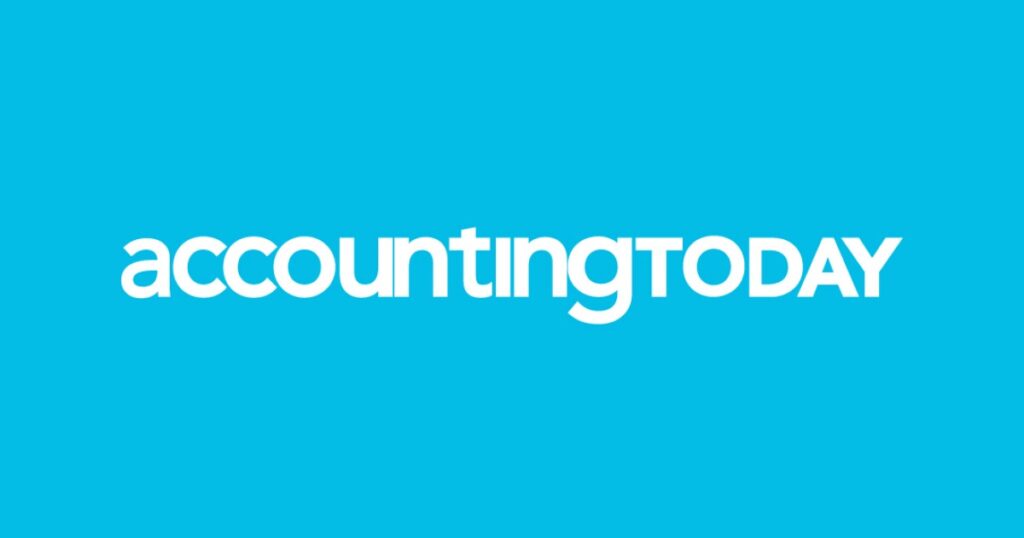Get paid online with automated payments


If you are not processing automated payments for services rendered to clients, you are likely spending way too much time and aggravation by utilizing a manual process from billing to payment.
A manual payment process is exhausting, with tracking billable time, creating invoices, monitoring delinquent accounts, collecting overdue invoices, receiving paper checks, recording the payments against open invoices and depositing the checks.
Compare the manual process to electronic payment processes that allow clients to pay online while enabling you to get your fee quickly. The online process takes care of the bookkeeping, reconciles the payment against the outstanding invoice and deposits the amount in your bank account. You can draft invoices with electronic payment information for clients to access a secure URL link in one click, review the bill and pay via a secure webpage using a credit or debit card or an electronic check.
Electronic payments make it convenient for you to be paid on time, accelerate collection efforts and reduce bad debts and write-offs.
Do you have clients that don’t pay invoices until you remind them via email or telephone? Perhaps due-on-receipt invoices turn into net 30, 60 or 90? Electronic payment systems can help with automatic recurring payments.
Set up an automatic recurring payment plan for clients to pay on their schedule. Once set, payments will automatically charge their credit card or make an ACH payment on a configurable program. You don’t need to create invoices and manage accounts receivable. Your firm moves from chasing down unpaid balances to enjoying regular payments occurring effortlessly.
Automatic recurring payments improve customer relations because there are no more follow-up calls, reminders and collection notices. And clients can set their preferred payment cycles weekly, monthly or even quarterly and choose their payment method of credit, debit or ACH.
Payment management is practice management
If you already use an online payment method, such as PayPal, Square or Zelle, or perhaps multiple online methods, consider consolidating to only one method that integrates with your accounting software or practice management solution.
Online payments can come via credit and debit card and ACH to give clients convenient payment options. If they set up an automatic recurring payment, they can pay on their schedule.
Combining electronic payment features with your current software that tracks time, captures billable hours and generates invoices is efficient and practical. An online payment system adds a one-click payment link to invoices. If your practice management system has a client portal, clients can pay in their secure portal, where they can review invoice history, share documents and electronically sign documents when necessary.
Besides posting revenue and time utilization reports in your practice management system, an integrated online payment system adds accounts receivable information, invoice aging data and customer payment histories.
With only one payment system, there’s less tracking of payments on multiple systems and reconciling them with your accounts receivable for more productive workdays. The efficiency gains of using one online payment method with your existing software can even cancel out the transaction costs of accepting credit cards for payment. But if you need to, some payment systems allow you to add surcharges for each credit card transaction where the law permits. When considering whether to apply a surcharge (or convenience fee) to client payment transactions, be sure to check your local laws as some states prohibit surcharges.
Consider surcharges
Accepting credit cards for payment is convenient for the client and the firm, but it changes you from a professional services provider into a merchant from the perspective of the banks that issue cards and card networks. These entities charge merchants transaction fees for their payment processing services, requiring you to either pay them to get paid or pass the costs to your clients.
Merchants can pay from 1.5% to 3.5% of the purchase price to accept a credit card payment. The transaction costs will add up quickly. In many areas, merchants can add a credit card surcharge to pay the transaction costs if the law permits them. If your online payment system allows you to add surcharges, make sure they only cover the cost of the transaction. You can’t make a profit from surcharges. They are not equivalent to shipping costs.
If clients understand that surcharges apply to pay you via credit card, many of them will also want an alternative form of payment. Make sure your online payment system can support prepaid or debit cards where surcharges don’t apply. Your payment system should also support ACH payments. Although some payment system providers charge a flat fee for ACH transactions, it can be less than a percentage of the purchase price.
If surcharges are not legal in your area or if your clients might object to them, consider offering a cash discount. Work the transaction costs into your pricing and apply the cash discount for clients who pay with cash or debit cards. But if you need to maintain competitive pricing, return to the efficiency gains of using an online payment system.
Automated payments are the future
Your CPA firm is a business, and a system that integrates practice management, client services and automated payments into a single working environment is a great way to simplify processes, increase productivity and improve cash flow. Clients expect the convenience of credit card or ACH payment, and they will pay more quickly when it’s a one-click experience.

